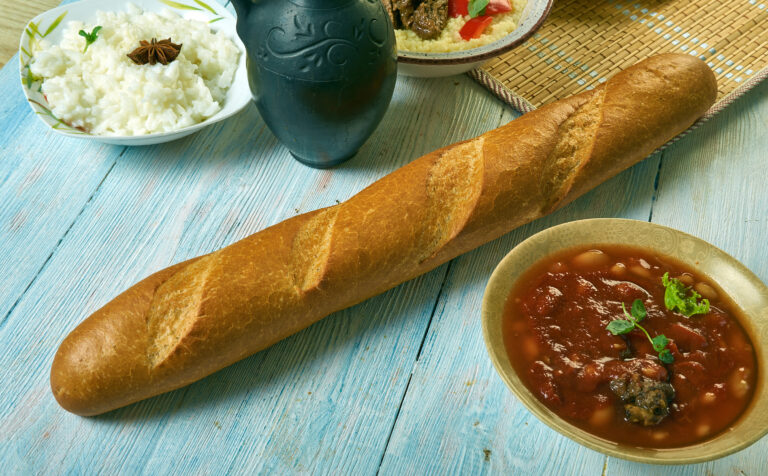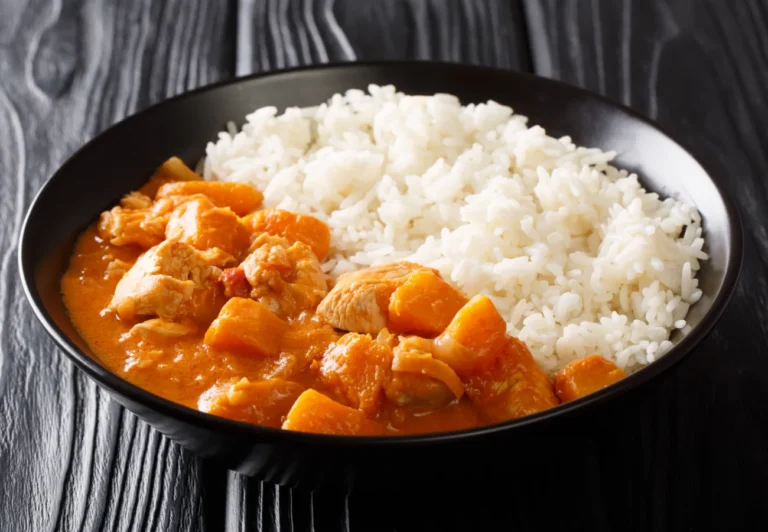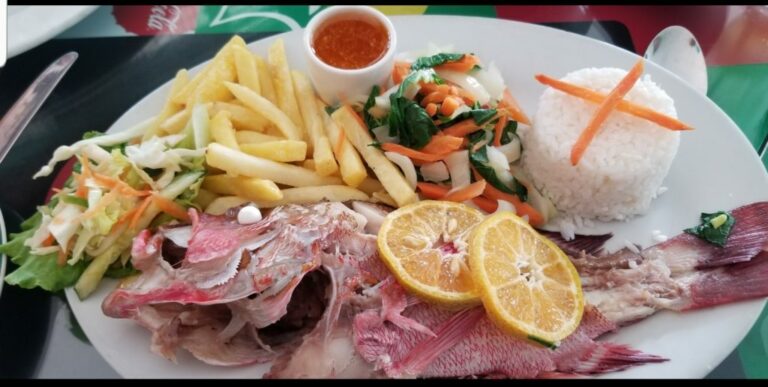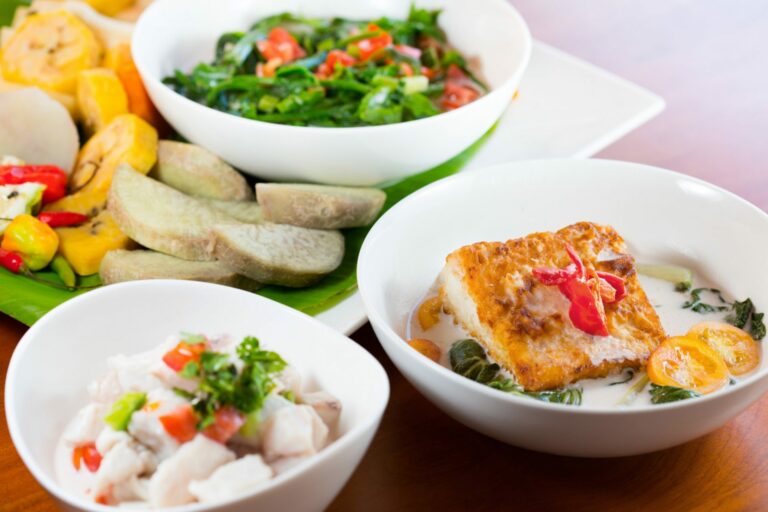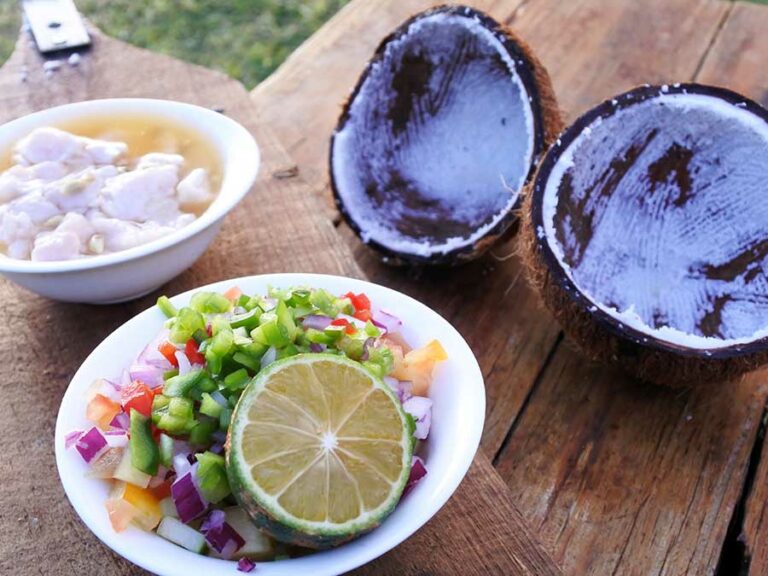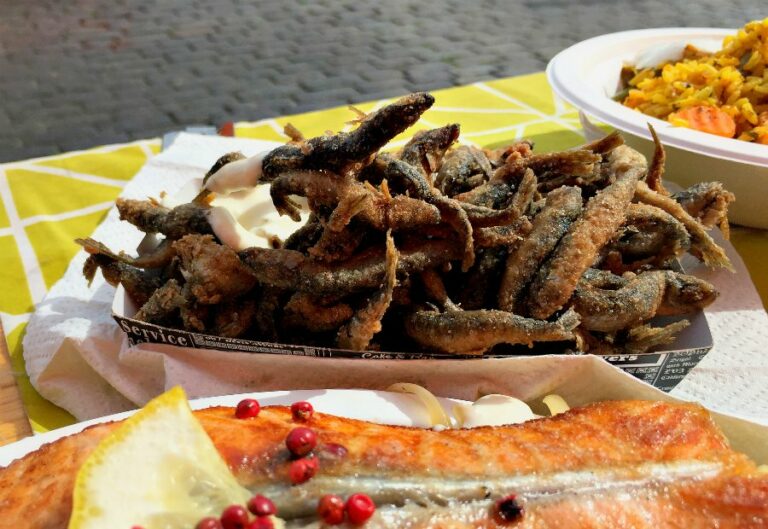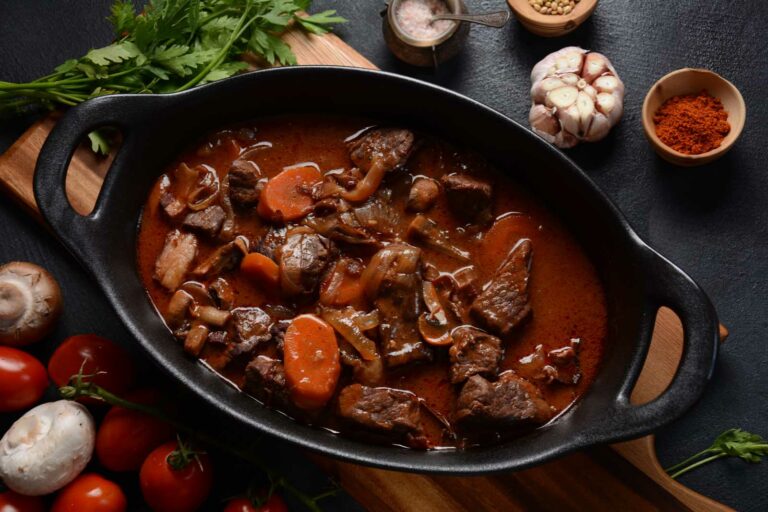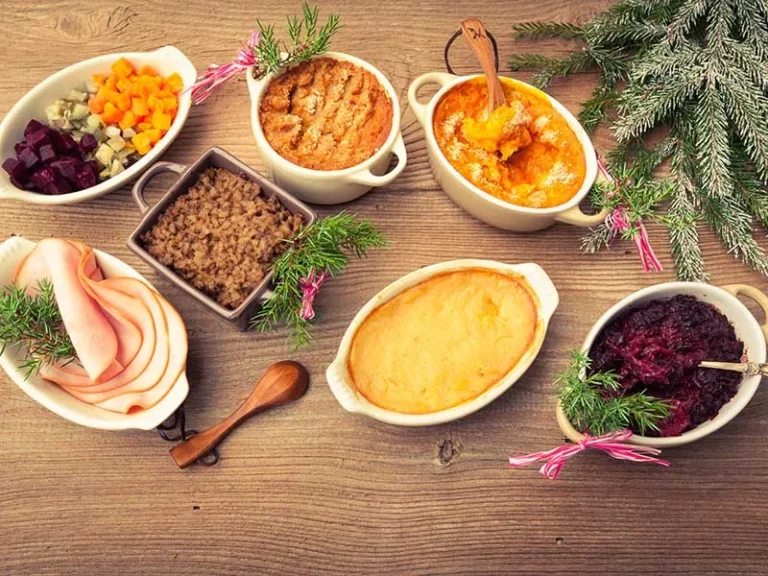Introduction: Gambian cuisine and its staples
Gambian cuisine is a reflection of the diverse cultures and influences that have shaped the country over the centuries. The cuisine is characterized by the use of fresh ingredients, bold flavors, and a wide range of spices and seasonings. Gambian food is also known for its simplicity and focus on staple ingredients. These staples are the foundation of most Gambian meals and include rice, peanuts, vegetables, fish, and meat.
Rice: The foundation of Gambian meals
Rice is the staple food in Gambia and is served with almost every meal. It is usually boiled and served plain or with a sauce made from peanuts, tomatoes, onions, and spices. Jollof rice is also a popular dish in Gambia, which is rice cooked in a tomato-based sauce with spices and meat or fish. In addition, rice is used to make other popular dishes such as benachin, which is rice cooked in a rich tomato and vegetable sauce.
Peanuts: A versatile and essential ingredient
Peanuts are a versatile and essential ingredient in Gambian cuisine. They are used to make a variety of sauces, including groundnut stew, which is a thick and hearty stew made from ground peanuts, vegetables, and meat or fish. Peanuts are also used to make peanut butter, which is served as a condiment with rice dishes. Additionally, roasted peanuts are a popular snack in Gambia and are often sold on the streets.
Vegetables: From yams to okra, a range of flavors
Vegetables play a significant role in Gambian cuisine and are used in a variety of dishes. Yams, cassava, sweet potatoes, and plantains are all commonly used in stews and soups. Okra is also a popular vegetable in Gambian cuisine and is used in a variety of dishes, including stewed okra with fish or meat. Other common vegetables used in Gambian cuisine include tomatoes, onions, eggplant, and chili peppers.
Fish and Meat: Protein sources in Gambian dishes
Fish and meat are important sources of protein in Gambian cuisine. Fish is abundant in the Gambia River and is a staple in the coastal regions of the country. Fresh fish is usually grilled or fried and served with rice or vegetables. Meat, such as beef, lamb, and chicken, is also commonly used in Gambian dishes. Grilled or stewed meats are often served with rice or vegetables.
Spices and Condiments: Adding flavor and depth to Gambian cuisine
Spices and condiments are essential in Gambian cuisine and are used to add flavor and depth to dishes. Common spices used in Gambian cuisine include ginger, garlic, cumin, coriander, and chili peppers. Condiments such as hot pepper sauce and lime juice are also commonly used to add flavor to dishes. In addition, vinegar and mustard are used to make a popular condiment called attaya sauce, which is served with grilled meats or fish.

